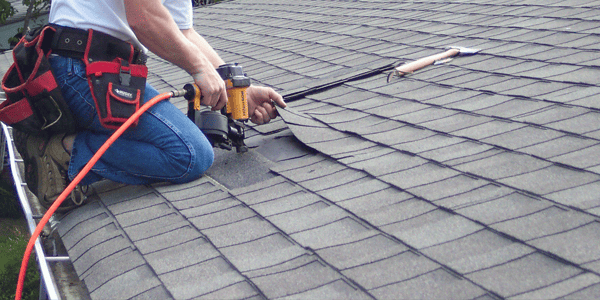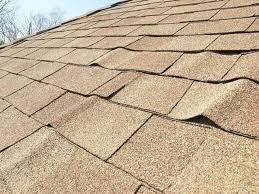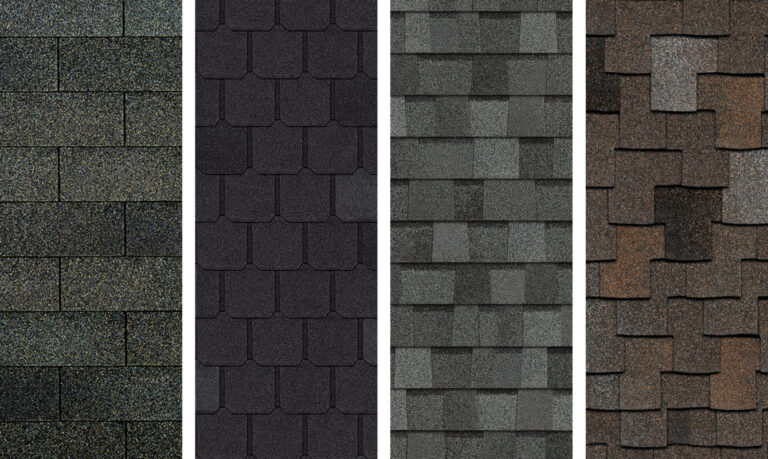Did you know that 20% of all home fires happen in December? Unsurprisingly, many people worry about the fire hazard in their homes. One of the most important areas to keep safe is the attic above your living space. The materials storing your home’s heat, fire, and energy must always be in check.
If you want to know how often you should have your roof inspected, read on to learn about the different types of roofing styles and where you can install them.
The Benefits of Regular Roof Inspections
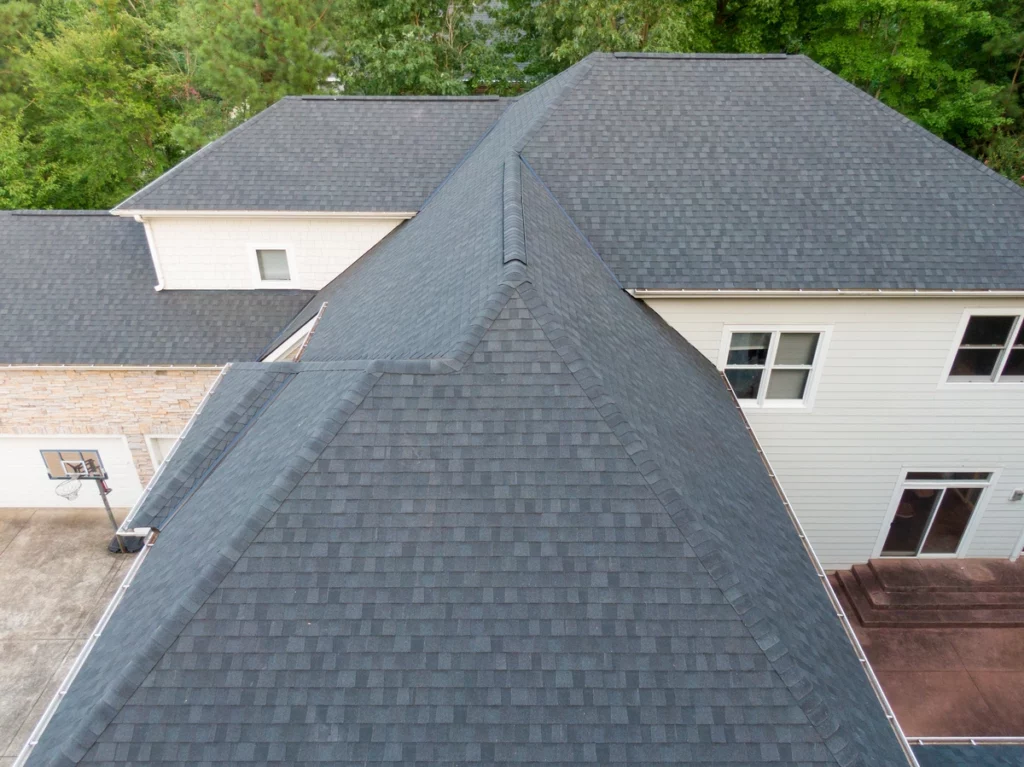
Regular roof inspections offer an array of benefits for homeowners, making them an essential part of home maintenance. One of the primary benefits is identifying existing issues and preventing potential problems from escalating. During an inspection, a professional roof inspector will thoroughly examine your roof for any signs of damage, such as cracked or missing shingles, water leaks, or deteriorating flashing.
By catching these issues early on, you can address them promptly before they worsen and cause significant damage to your roof and home. Timely repairs can save you from expensive repairs down the line and ensure the overall integrity of your roof. Moreover, regular inspections can help you maintain a safe and comfortable living environment by preventing leaks that can lead to mold growth or structural damage.
Another advantage of regular inspections is that they allow you to stay proactive with your roof maintenance. By identifying minor damages and addressing them promptly, you can prevent them from turning into major issues that require costly repairs. Additionally, regular inspections can help you identify any potential hazards, such as overhanging branches or debris accumulation on the roof, which can pose a risk to the integrity of your roof.
Recommended Frequency for Roof Inspections
The frequency of roof inspections depends on various factors, including the age and condition of your roof, the type of materials used, the climate in your area, and any recent storms or weather events. As a general rule of thumb, it is recommended to have your roof inspected at least once a year. This annual inspection allows professionals to assess the overall condition of your roof, identify any wear and tear, and determine if any repairs or maintenance tasks are necessary.
In areas prone to severe weather conditions, it is advisable to have more frequent inspections. For instance, if you live in an area that experiences hurricanes or hailstorms, it’s best to schedule inspections twice a year or after every significant weather event. These additional inspections can help detect storm-related damage, such as missing or damaged shingles, and allow for timely repairs before further issues arise.
Extending the Lifespan of Your Roof
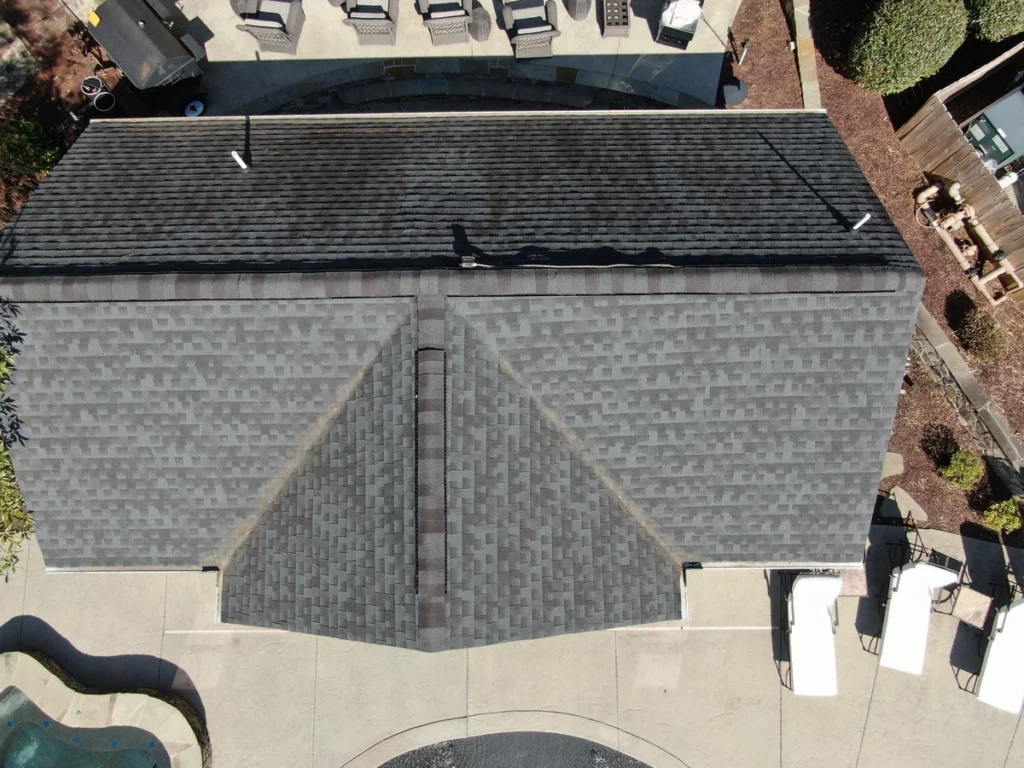
Regular roof inspections are instrumental in extending the lifespan of your roof. By identifying and addressing potential issues early on, you can prevent further damage and increase the overall durability of your roof. For example, if left untreated, water leaks can lead to rotting of the underlying structures, mold growth, and even compromise the structural integrity of your roof.
With regular inspections, you can proactively address these issues. A professional inspector will check for signs of water damage, deteriorating shingles, flashing issues, and ventilation problems, among other things. By promptly addressing these issues, you can maximize the lifespan of your roof and protect your investment.
Additionally, regular inspections allow you to keep up with any recommended maintenance tasks. This might include cleaning the gutters, removing debris, or trimming overhanging branches. These maintenance tasks help ensure proper water flow and prevent the buildup of debris, which can cause drainage issues and damage to your roof.
By proactively addressing potential problems and maintaining your roof, you can safeguard its longevity and avoid premature replacement costs. Regular inspections and maintenance are key to preserving the value and functionality of your home.
The Importance of Roof Maintenance
Regular roof inspections go hand in hand with proper roof maintenance. While inspections focus on identifying any issues or damages, maintenance involves taking proactive steps to prevent potential problems from occurring in the first place.
Maintenance tasks can include cleaning the gutters to ensure proper water drainage, removing any accumulated debris on the roof surface, and inspecting and repairing any damaged or loose roofing materials. These tasks are essential to keeping your roof in optimal condition and preventing issues such as water leaks, mold growth, or structural damage.
Regular roof maintenance also improves the overall performance of your roof. For example, by keeping the gutters clear, you ensure proper water flow, reducing the risk of water pooling and potential damage to your roof. Additionally, by inspecting and fixing any loose or damaged shingles, you prevent them from becoming dislodged during high winds, reducing the risk of further damage to your roof and home.
By incorporating regular roof maintenance into your home upkeep routine, you ensure that your roof stays in excellent condition and remains resilient in the face of various weather elements.
Preventing Roof Damage
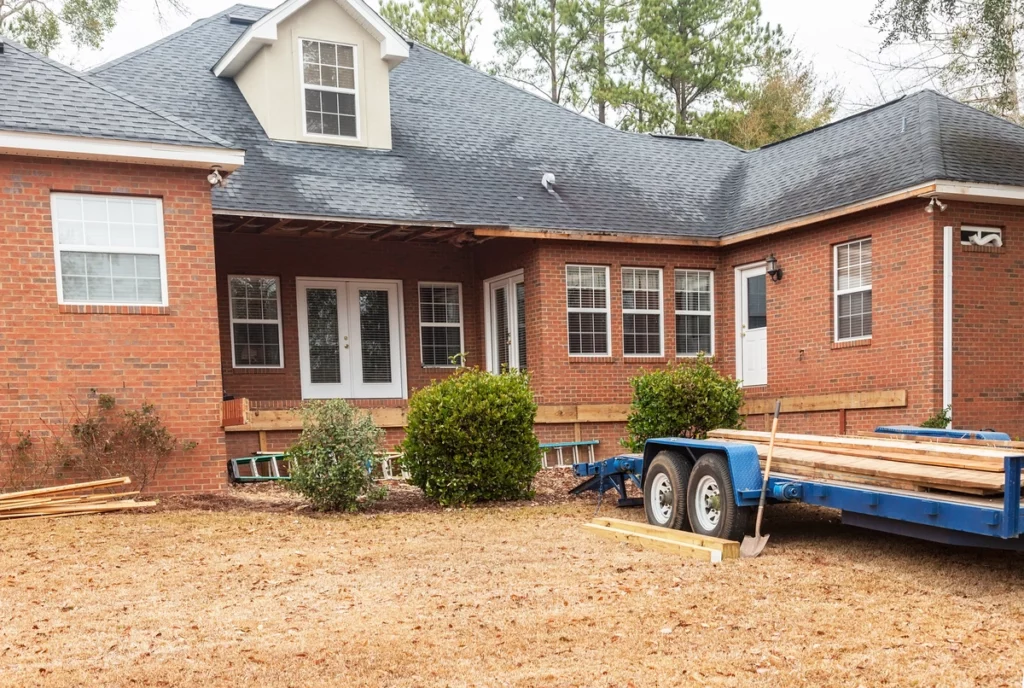
Regular roof inspections play a vital role in identifying and preventing potential roof damage. While some issues may be visible to the untrained eye, such as missing shingles or visible leaks, others may go unnoticed without a thorough inspection.
During an inspection, a professional roof inspector will carefully assess the condition of your roof, including its materials, flashing, gutters, and ventilation systems. They will look for any signs of wear and tear, water penetration, mold growth, or structural damage. By identifying these issues early on, you can take proactive measures to prevent small problems from escalating into significant roof damage.
Additionally, inspections are especially crucial after severe weather events like storms or hailstorms. Even if your roof appears intact from ground level, hidden damages may compromise its integrity. An inspection following severe weather events will ensure that any storm-related damage is detected early, allowing for prompt repairs and preventing further issues down the line.
By investing in regular roof inspections, you can protect your home, avoid costly repairs, and ensure your roof’s long-term durability and functionality.
Regular roof inspections are essential to home maintenance, benefiting homeowners in numerous ways. Through regular inspections, you can identify existing issues, prevent further damage, extend the lifespan of your roof, and avoid costly repairs.
Having your roof inspected at least once a year is recommended, and more frequently in areas prone to severe weather conditions. Additionally, proper roof maintenance, including cleaning gutters, removing debris, and addressing any necessary repairs, is crucial for preserving the integrity of your roof.
By taking a proactive approach to your roof’s care, you can ensure its optimal performance and protect your investment. Don’t wait until it’s too late – visit our page and schedule a roof inspection today and enjoy peace of mind with a well-maintained roof.
